Cocoa is an industrial crop that has been grown in Vietnam for half a century. However, to date, this industry has not yet found a worthy place in the strategic crop structure. After a period of "hot" expansion in the 2000s, cocoa fell into a state of decline, with its area continuously decreasing.
In Dak Lak - one of the former "capitals" of cocoa, the area is now only about 1,400 hectares, nearly half of the peak period.
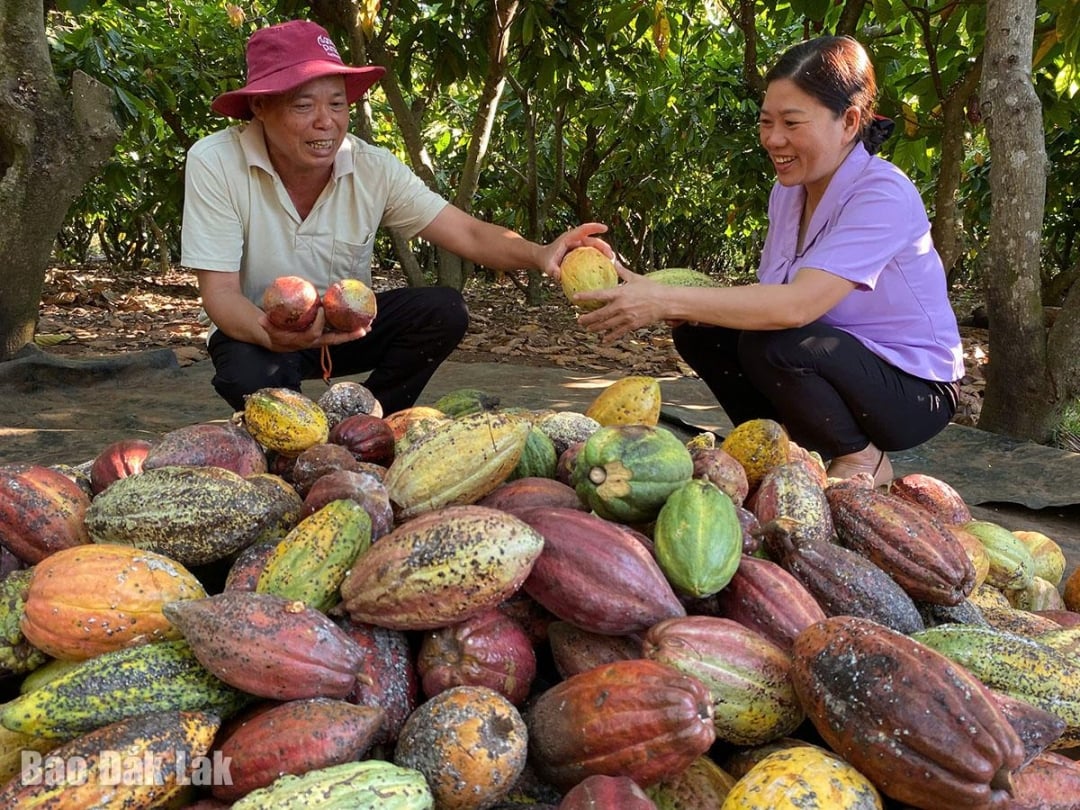 |
| Cocoa gardens are in harvest season of farmers in Ea Na commune, Krong Ana district. |
The reason lies not only in unstable prices, but more deeply in the linear production model: planting - harvesting - selling. The entire production value is concentrated on cocoa beans, while most of the by-products such as shells, pulp, and mucus are left in the garden, causing both a waste of resources and pressure on agricultural waste treatment.
According to the research results of the Project "Circular Economy in Cocoa Production: From Cocoa Beans to Chocolate Bars" funded by the European Union and Helvetas Organization, cocoa shells account for 60 - 70% of the fruit weight, with high nutritional content.
When processed using the biological silage method, cocoa husks can replace 10-35% of the feed ration for pigs, cows, goats... without affecting the growth rate or health of the animals.
Experiments in Dak Lak show that pig ration using 60% cocoa silage helps reduce the cost of concentrated feed by 10-20% compared to the control model. This is not only a figure of economic efficiency, but also shows the new vitality of a value chain that seemed to have "ended its life cycle".
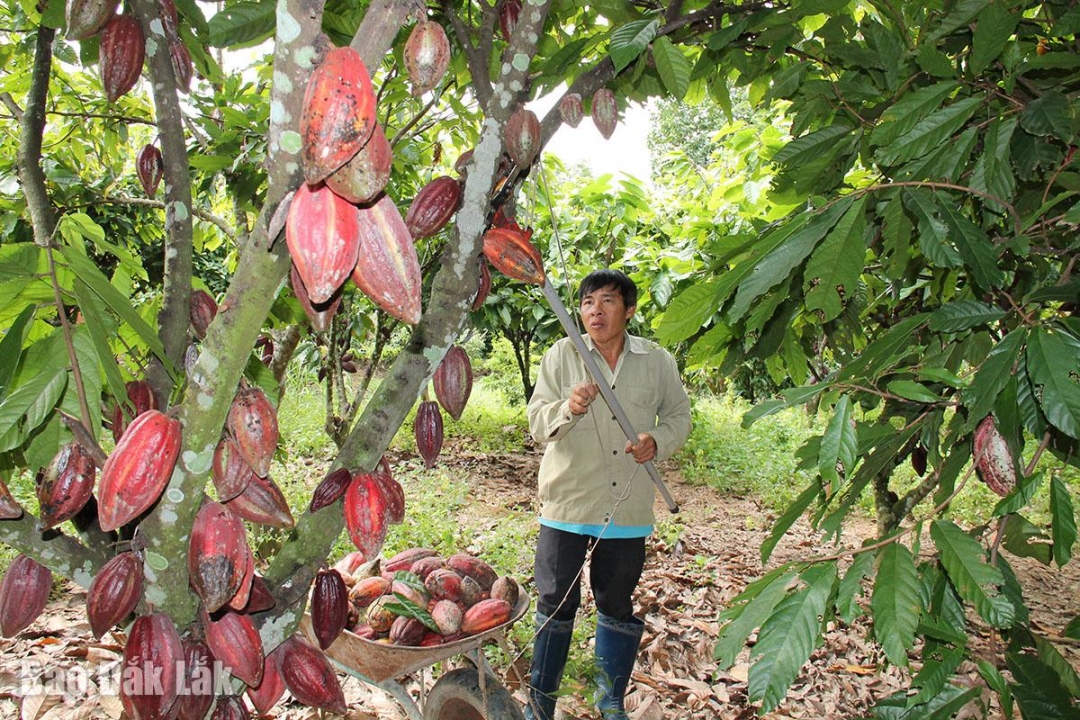 |
| Farmers in Ea Kar district harvest cocoa fruits. |
Not only livestock farming, cocoa by-products are gradually becoming input materials for many other production chains. The shell can be mixed to produce organic microbial fertilizer, biological bedding, biochar; fermented mucilage can be used to make wine or vinegar. Even cocoa pulp (the sweet core around the bean) can be used to produce nutritional drinks.
We grow cocoa but have not paid due attention to the accompanying ecosystem. Therefore, it is necessary to build multi-layered linkage models, from cocoa cultivation to livestock and by-product recovery, then reinvest back into the land. The coordination between cultivation, livestock and processing is the core principle of the circular economy in agriculture." Dr. Dang Ba Dan , Head of the Representative Office of the National Agricultural Extension Center in the South Central Coast and Central Highlands |
Dr. Dang Ba Dan, Head of the National Agricultural Extension Center Representative Office in the South Central and Central Highlands, said that we are facing a forgotten resource. If we know how to reorganize production, not only beans, but all cocoa fruits can participate in the circular value chain. That will not only help improve economic efficiency but also be the solution to environmental problems in modern agriculture.
The current cocoa circular economy model is being piloted in the direction of multi-sector linkage. In this linkage chain, the participation of cooperatives, enterprises, farmers and support organizations plays a key role. However, the biggest difficulty at present is still old production habits, lack of equipment for incubation, mixing, and preservation of by-products, along with the unclear consumption market for circular products. Therefore, the circular economy with cocoa needs a systematic strategy, specific policies and pioneering from enterprises and local authorities.
Mr. Nguyen Hac Hien, Head of the Department of Crop Production and Plant Protection (Department of Agriculture and Environment) said that cocoa trees are currently facing a "golden" opportunity for restructuring and circular economy in cocoa production is a long-term, comprehensive strategic orientation. Because cocoa trees can develop in association with many other crops, livestock and industries, forming a circular agricultural - industrial ecosystem. In fact, research shows that cocoa products not only serve consumption but can also be applied in the production of civil materials, biological products... This is a multi-industry development direction, returning to the main support for cocoa trees - a truly closed cycle.
According to Helvetas Vietnam, currently only less than 30% of domestic demand for processed cocoa is met by domestic supply. Enterprises are willing to pay high prices if cocoa beans meet fermentation standards, have no pesticide residues and have transparent traceability. Therefore, Vietnam needs to re-plan cocoa growing areas, support farmers with techniques and credit to restore the area. That will help products have clear origins, which is a "ticket" to penetrate demanding markets.
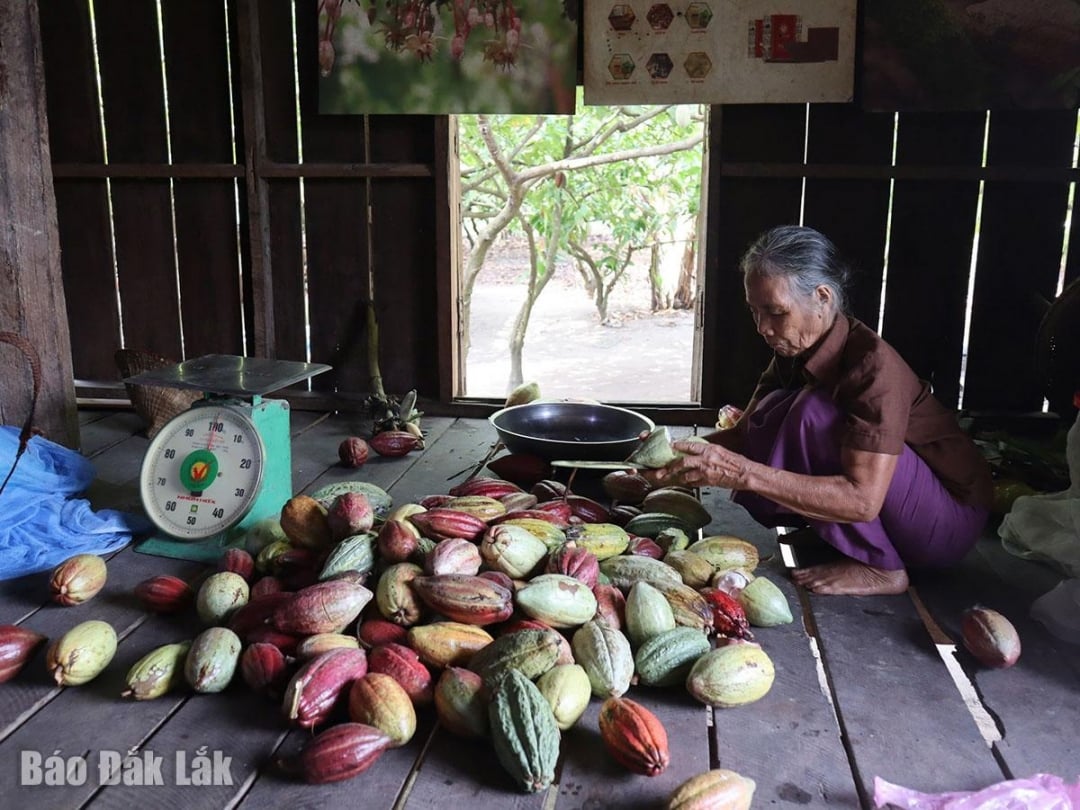 |
| Most cocoa farmers have not yet taken advantage of the by-products from cocoa beans after separating them for fermentation. |
However, the biggest obstacle at present is that cocoa has not been classified as a priority industrial crop according to the project of the Ministry of Agriculture and Environment due to its small scale and the lack of a large raw material area. Therefore, support policies are still mainly integrated and lack systematicity. To develop the cocoa industry systematically, there needs to be a separate policy for cocoa, clearly identified in the priority programs of the agricultural sector. In addition, science and technology also play a key role because by-products are treated by microbiological technology, bio-burning, extraction or fermentation. Therefore, it is necessary to invest in equipment and research suitable for each region and each production household.
Mr. Pham Van Luong, Director of Helvetas Vietnam, hopes that the Ministry of Agriculture and Environment will have specific guidelines and policies to continue implementing the Circular Economy Project in cocoa production, ensuring increased income for farmers as well as businesses. At the same time, reducing the environmental impact on the cocoa industry in Vietnam.
Source: https://baodaklak.vn/tin-noi-bat/202506/de-ca-cao-khong-con-la-ke-ben-le-53c1439/


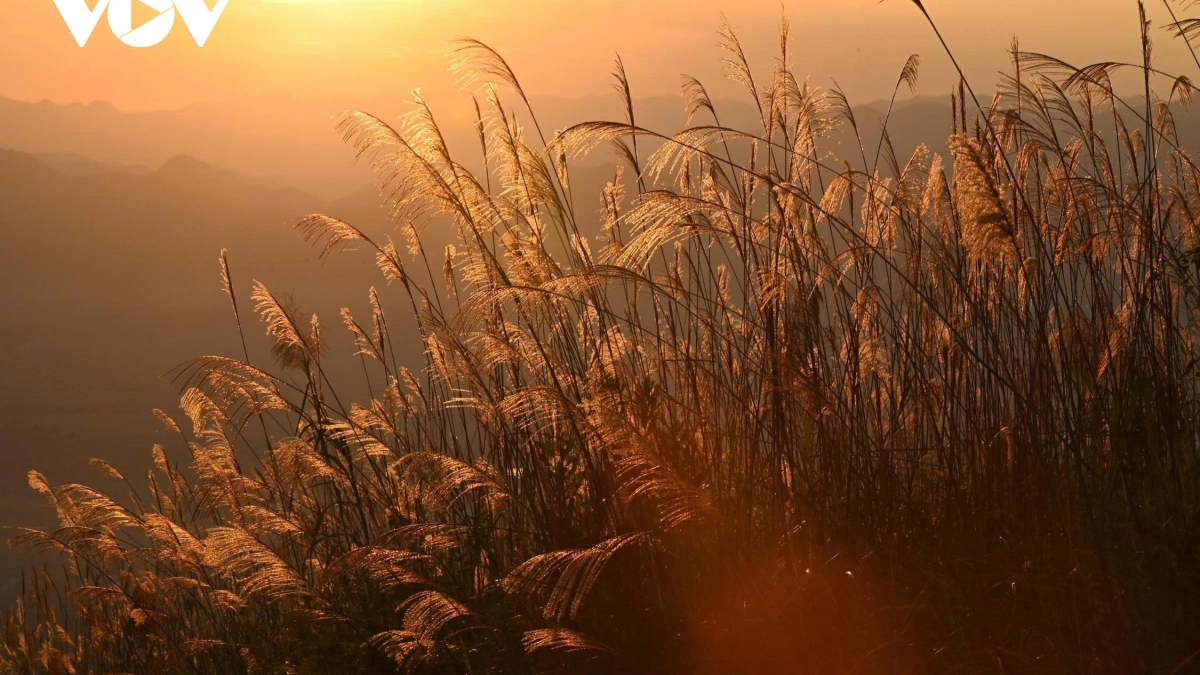
![[Photo] The Standing Committee of the Organizing Subcommittee serving the 14th National Party Congress meets on information and propaganda work for the Congress.](https://vphoto.vietnam.vn/thumb/1200x675/vietnam/resource/IMAGE/2025/11/19/1763531906775_tieu-ban-phuc-vu-dh-19-11-9302-614-jpg.webp)
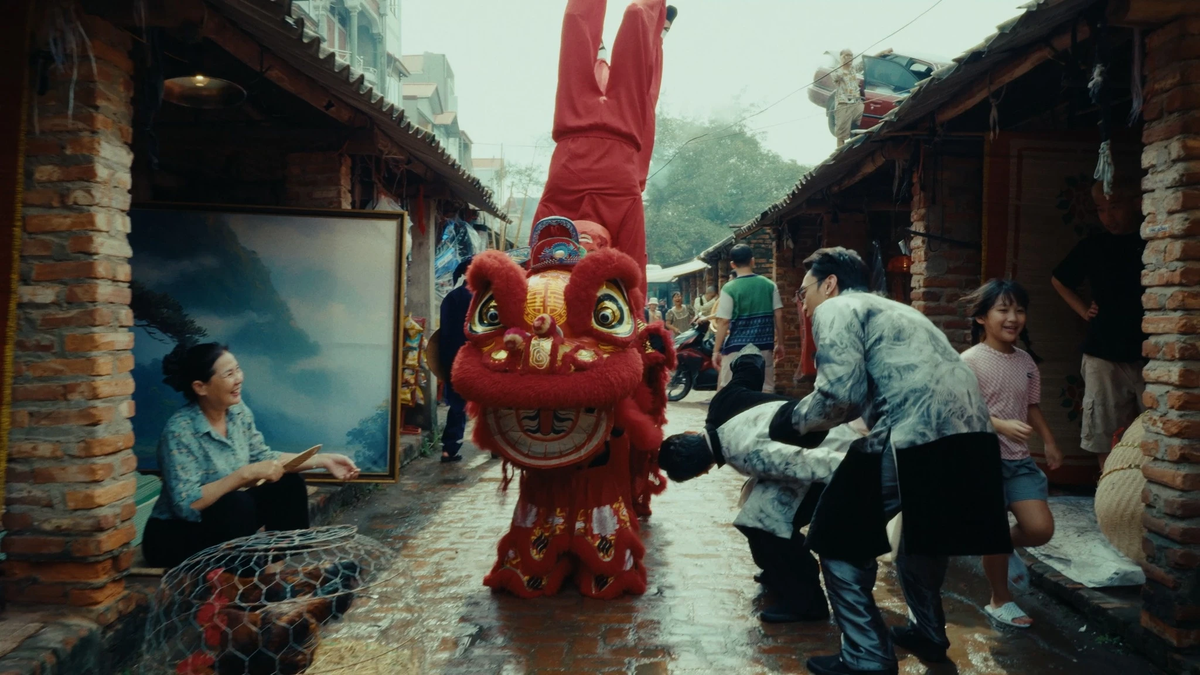

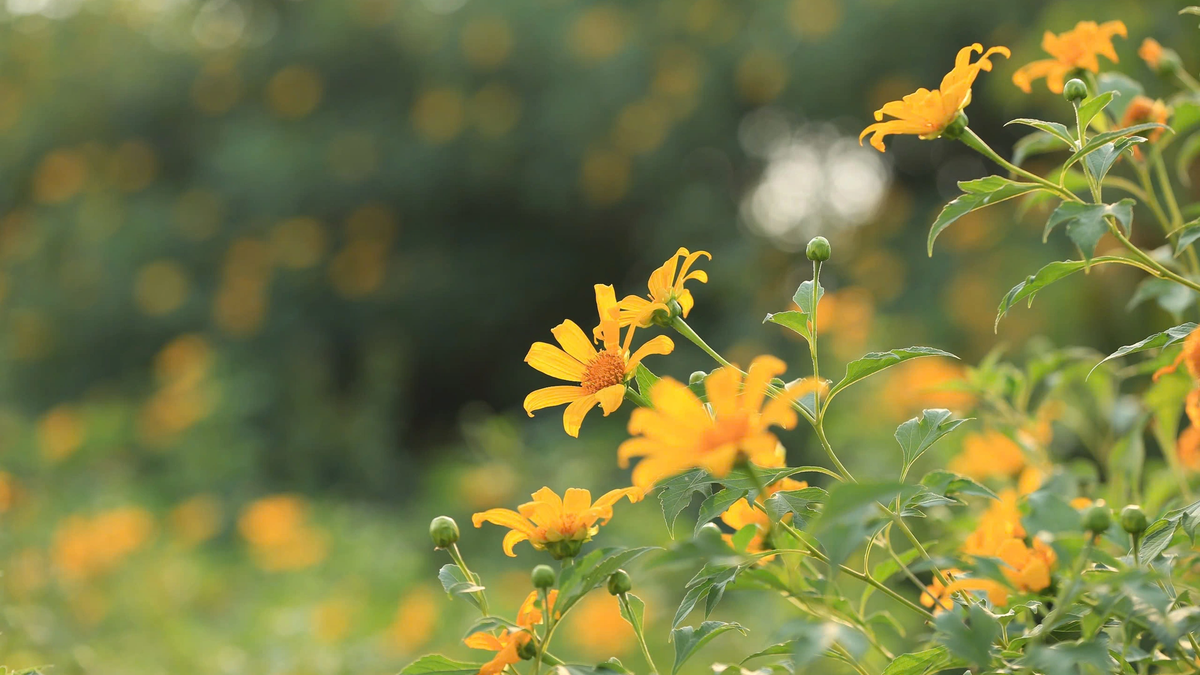
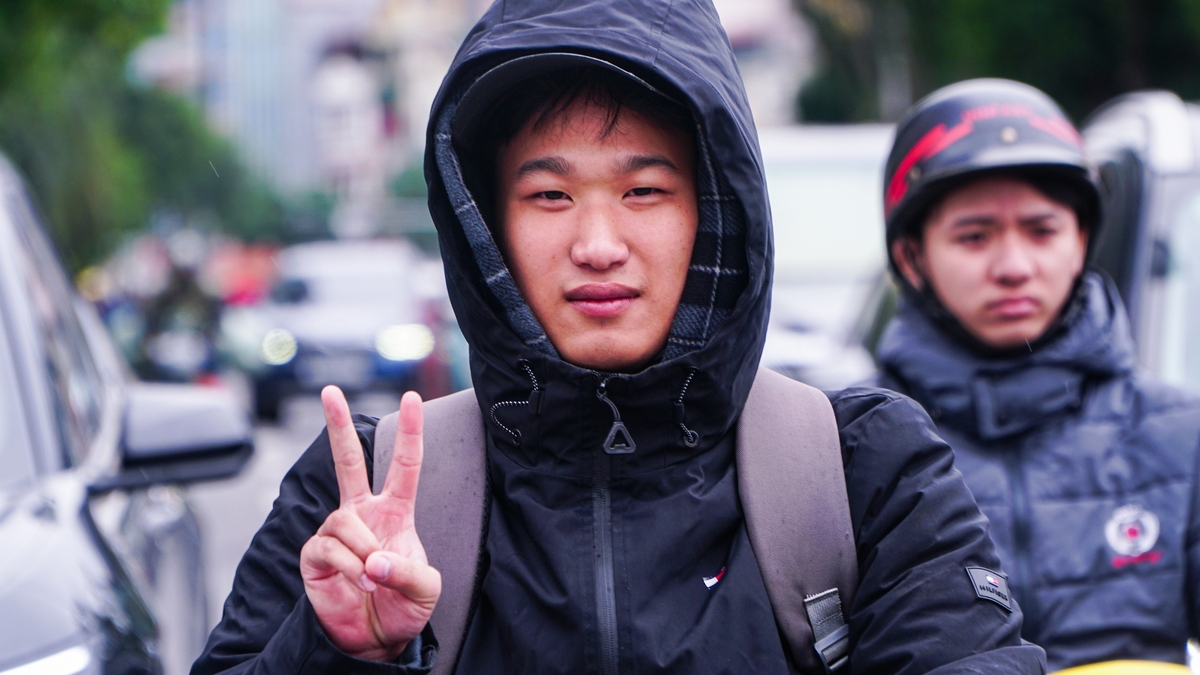
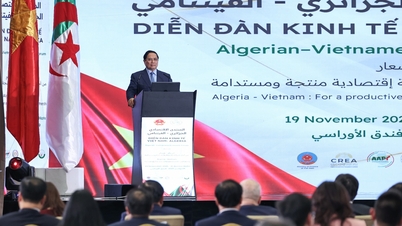

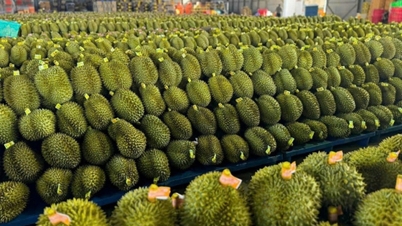



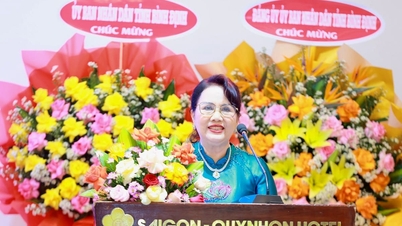

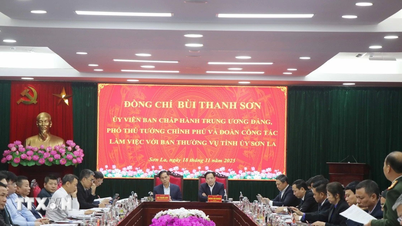




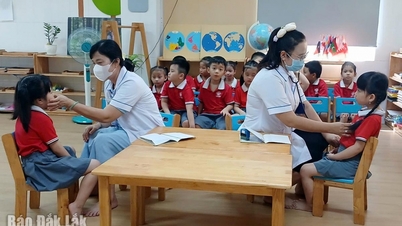


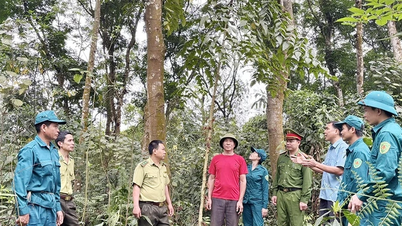

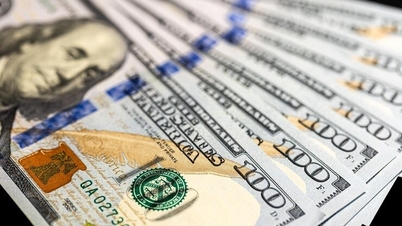

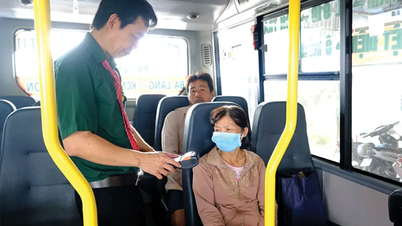





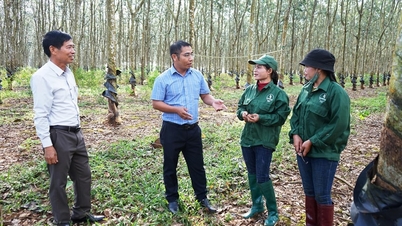
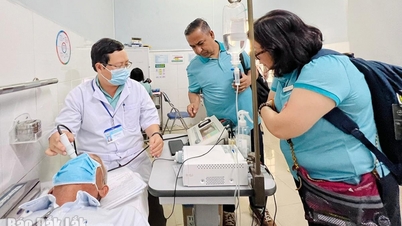
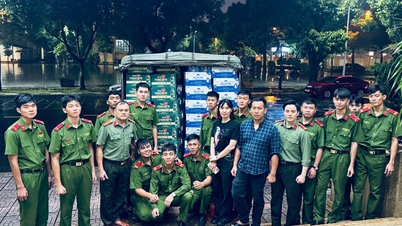
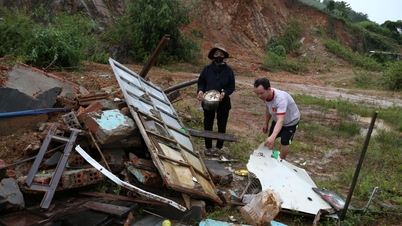
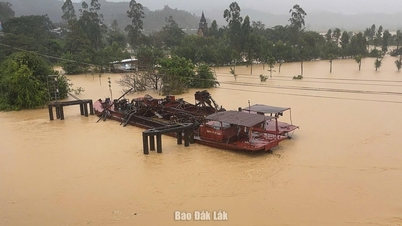
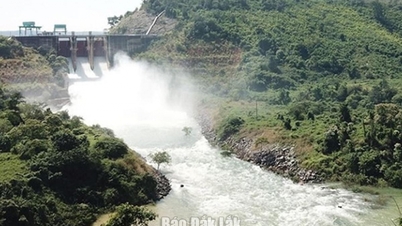
![[Photo] Prime Minister Pham Minh Chinh and his wife meet the Vietnamese community in Algeria](https://vphoto.vietnam.vn/thumb/1200x675/vietnam/resource/IMAGE/2025/11/19/1763510299099_1763510015166-jpg.webp)









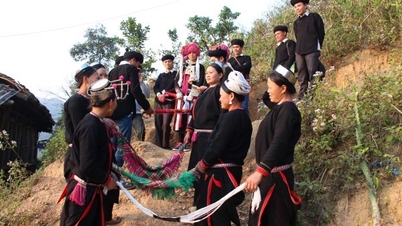

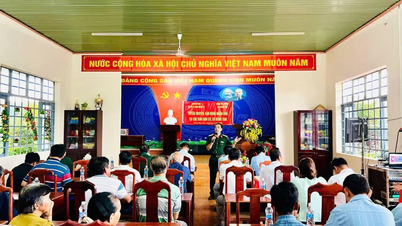



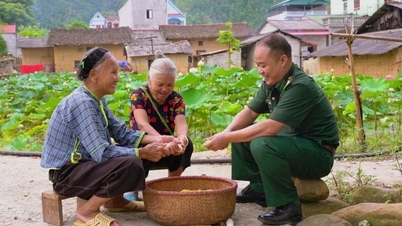




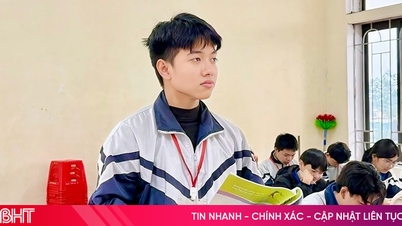


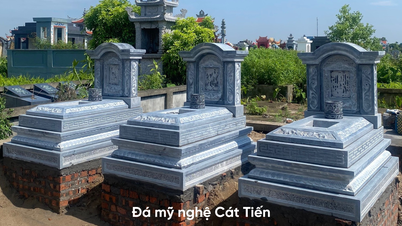


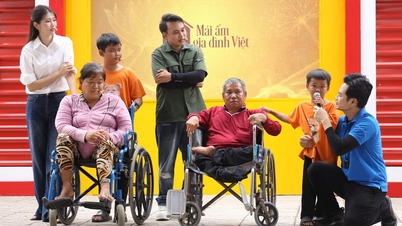
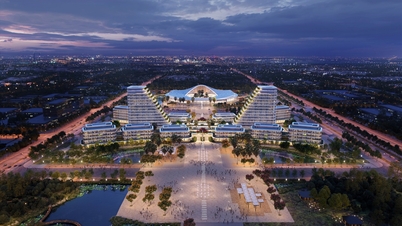
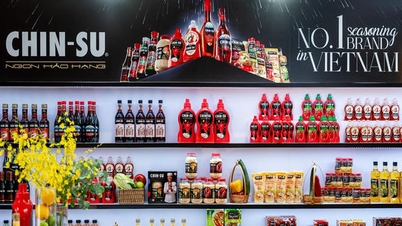


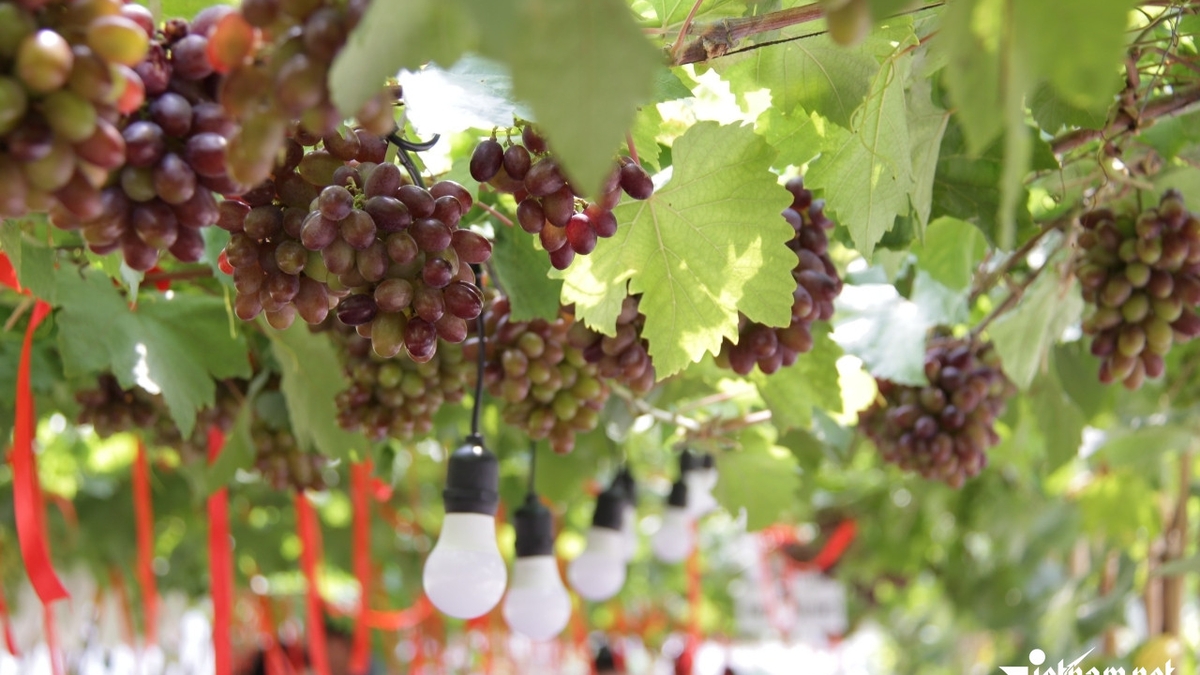
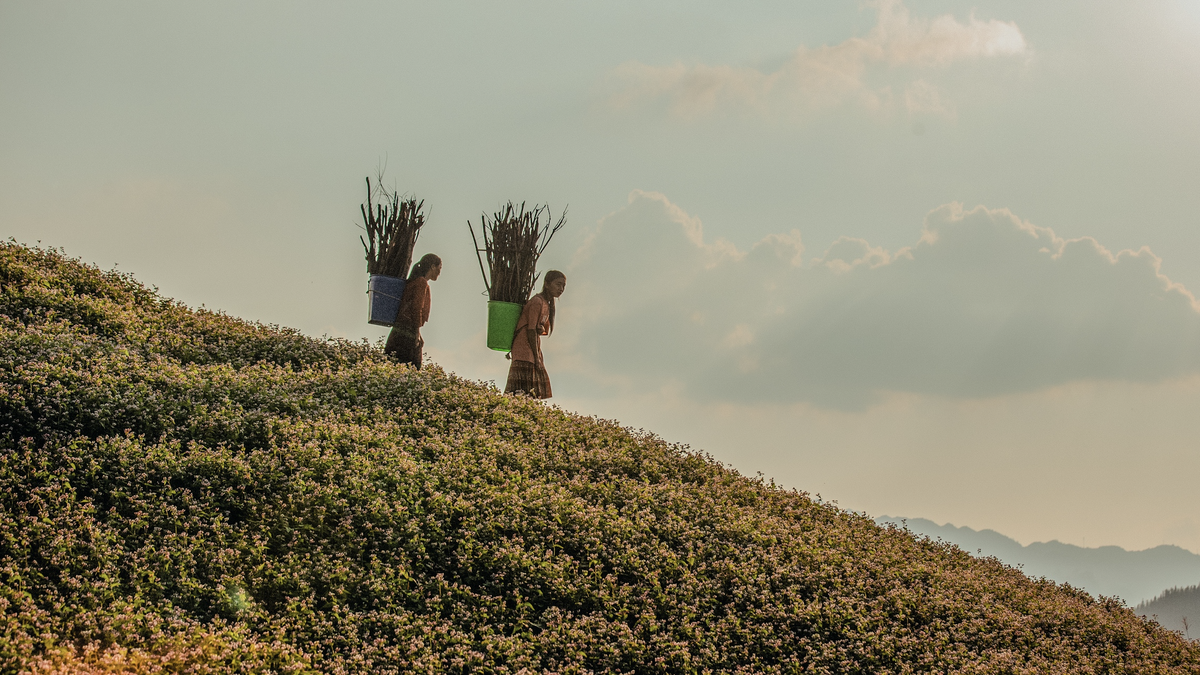


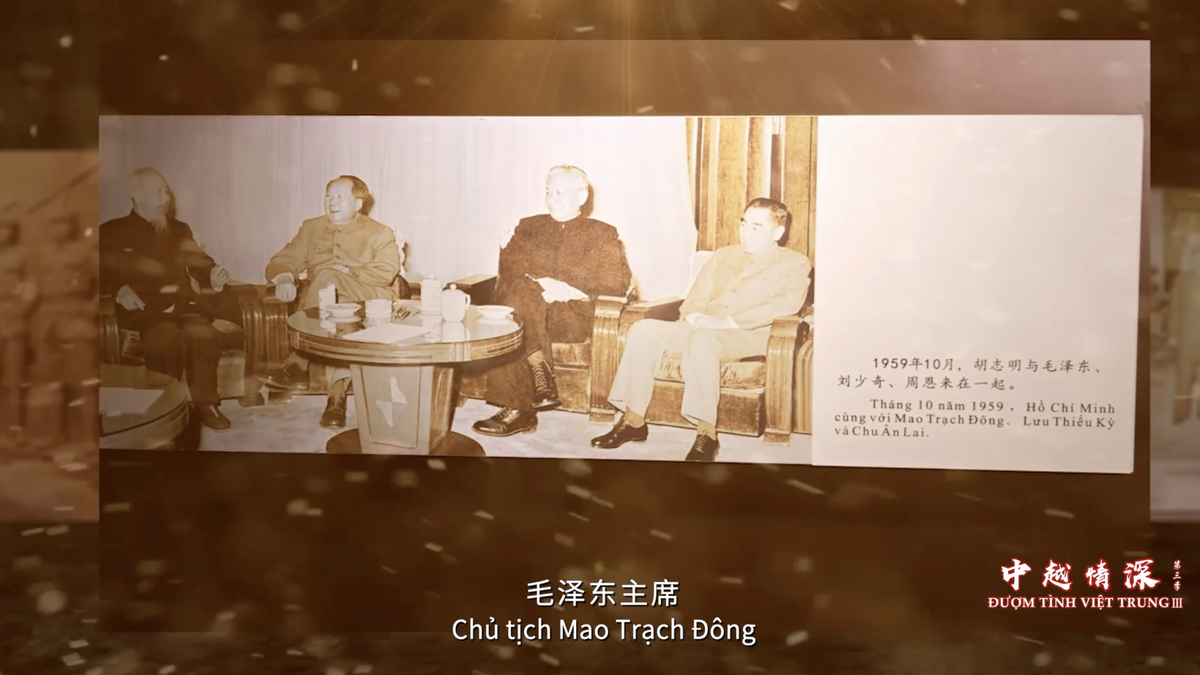
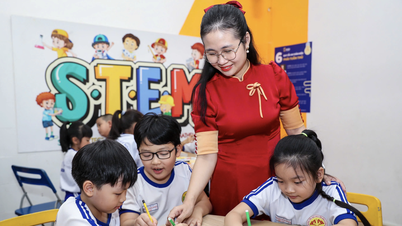



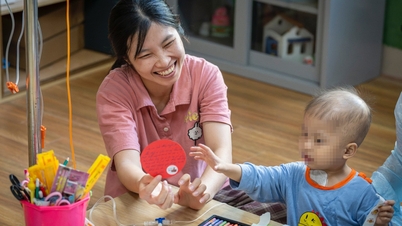

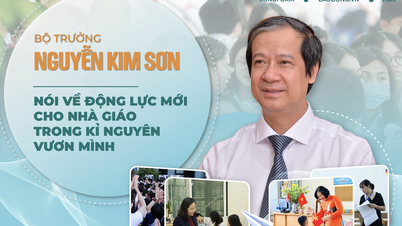





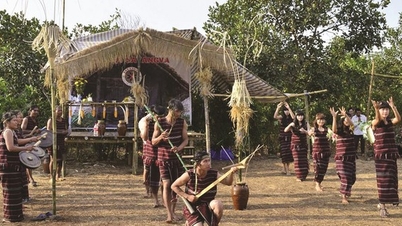



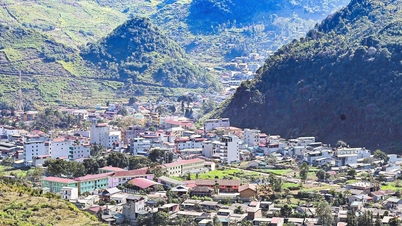

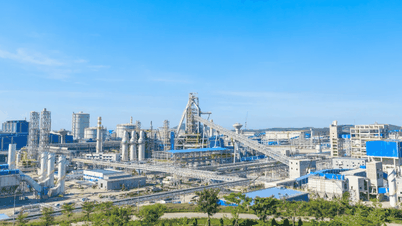
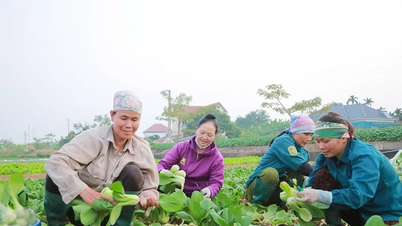
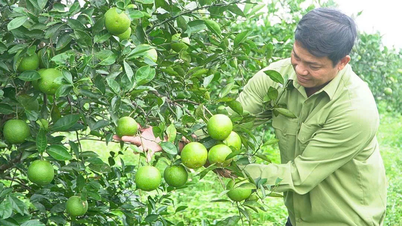

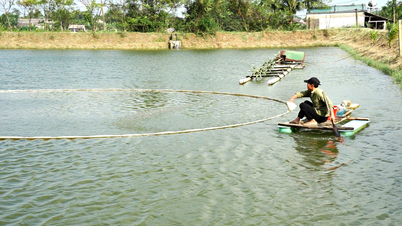
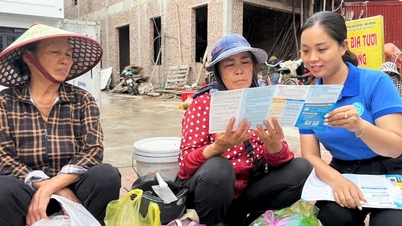
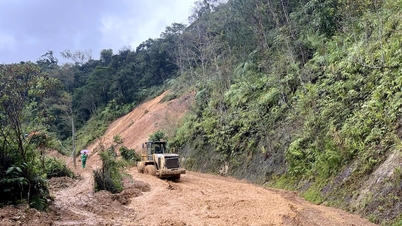
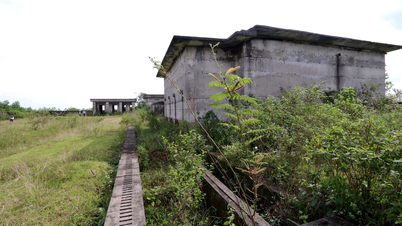
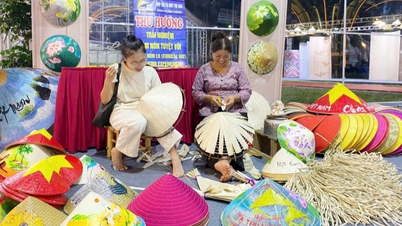
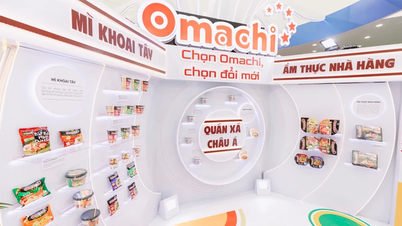


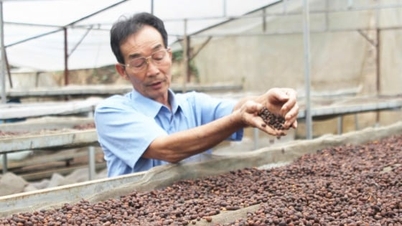








Comment (0)